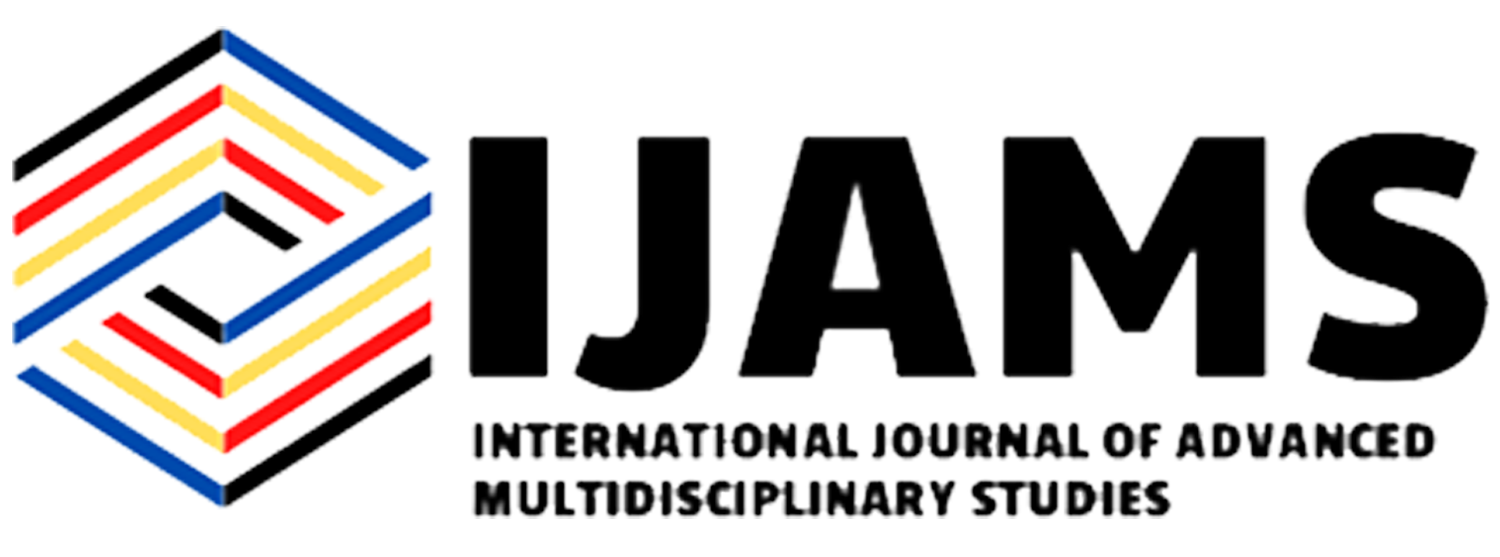ISSN: 2782-893X
eISSN: 2799-0664
 ISSN: 2782- 893X
ISSN: 2782- 893X


—— This study is conducted to determine the Effectiveness of Teaching reading using interactive Media to the test performance of the Grade 4 pupils in English that will be conducted in Sta. Cruz Elementary School, in Villaba North District in the Division of Leyte. The findings of the study were the bases for the proposed Intervention Plan. This study will utilize Quasi-Experimental research design to determine the Effectiveness of Teaching reading using the interactive media to the test performance of the Grade 4 learners. The output of this study is to provide improvement plan that will help the teachers to create a more effective learning processes that would help the learners to improve their test performances. In the Quasi- experimental research design, the researcher prepared different interactive media learning materials that were focused on the learning competencies as well as facilitating in the giving of pretest and posttest to the identified respondents in order to gather necessary data that will be significant in the study. Table 3 shows the test of difference between the pretest and posttest scores performances of the grade 4 pupils in English subject before and after the integration of the Teaching Reading using interactive media in the delivery of the most essential learning competencies or the different lessons in English in the 2nd grading period that lasted for 1 month or 4 weeks in the implementation. Based on the results given in Table 3, which discusses the pretest and posttest performances that the learners should gained before and after the implementation of the identified learning intervention that could improve the performance of the learners in English. A critical analysis of the variation in Grade 4 English students’ pre- and post-test scores is shown in Table 3. Important information is presented in the table, including test results, computed and critical T-values, the conclusion drawn from statistical testing, and the interpretation that followed. This analysis, which offers a quantitative basis for comprehending the significance of the observed changes in performance from pre-test to post-test, is crucial in assessing the efficacy of the teaching strategy. The statistical significance of the observed improvement in English proficiency is highlighted by the rejection of the null hypothesis and the computed T-value’s significance, providing a foundation for further investigation. The results of the English pre- and post-tests for Grade 4 students show a significant improvement in student performance following the adoption of the interactive media-based teaching strategy. This change in numbers is a first sign of a beneficial effect that motivates more research via statistical analysis. One of the most important measures of the size of the difference between the pre-test and post-test scores is the computed T-value, which comes out to be contrasting this with the crucial T-value, the null hypothesis (Reject Ho) is determined to be rejected. Usually, the null hypothesis states that there is no discernible difference between the pre- and post-test results before and after the integration of the teaching reading using interactive media in the delivery of the most essential learning competencies in English for the 2nd grading period. The rejection in this instance suggests that there is, in fact, a significant statistical difference between the two sets of scores. The statistically significant difference between Grade 4 students’ English proficiency before and after the implementation of the interactive media-based teaching approach follows from the null hypothesis’s rejection. The observed improvement is most likely the result of the teaching intervention rather than random chance, as indicated by the computed T-value exceeding the critical T-value. The conclusion that the change in scores is significant and not just a variation in performance is supported by this statistical significance. Based from the results in table 3 implies that the data supports the previous qualitative and quantitative analyses, confirming that the interactive media-based teaching approach has positively impacted Grade 4 students’ English proficiency. According to this research, incorporating interactive media into the curriculum can be a useful tactic for improving student learning outcomes. Educators and administrators can utilize this data to make well-informed decisions regarding the implementation and ongoing use of analogous teaching approaches. Although the statistical significance is evident in the context of English language learners in Grade 4, care must be taken when extrapolating these results. The generalizability of the observed effects would be strengthened by additional research and replication of the study across a range of settings, student populations, and subjects. However, the present findings offer a positive beginning point for more extensive conversations about the function of technology in the classroom and how it affects student learning outcomes. Subsequent investigations may explore the precise components of the interactive media-based methodology that impacted the academic achievement of students. Furthermore, taking into account additional elements like resource accessibility, teacher preparation, and learners engagement may offer a more thorough understanding of the elements influencing the noted score changes. The statistical analysis confirms the beneficial effects of the interactive media-based teaching strategy on the English proficiency of Grade 4 students. The statistical significance of the observed improvement is confirmed by the computed T-value and critical T-value, which support the rejection of the null hypothesis. This opens the door for more extensive talks on the use of technology in education while also confirming the efficacy of the teaching approach. Keywords — Effectiveness Reading Interactive Media Grade 4 Learners English